Introduction
Electric vehicles (EVs) have gained significant popularity in recent years, with more people around the world making the switch to cleaner and greener transportation. In countries like the USA and the UK, EV adoption rates have been rising steadily, supported by government incentives, advancements in battery technology, and growing concerns about climate change. With the promise of lower emissions, reduced fuel costs, and less dependence on fossil fuels, EVs seemed like the perfect solution to many transportation issues.
However, despite all these benefits, the adoption of electric vehicles is not as widespread as one might expect. In fact, many people are turning away from EVs, citing various concerns that make the switch seem less appealing. This paradox highlights the challenges of electric vehicles—factors such as high initial costs, limited driving range, and lack of charging infrastructure, which still stand in the way of broader acceptance.
In this article, we will explore these challenges and why they are causing some potential buyers to hesitate before making the transition to electric vehicles.
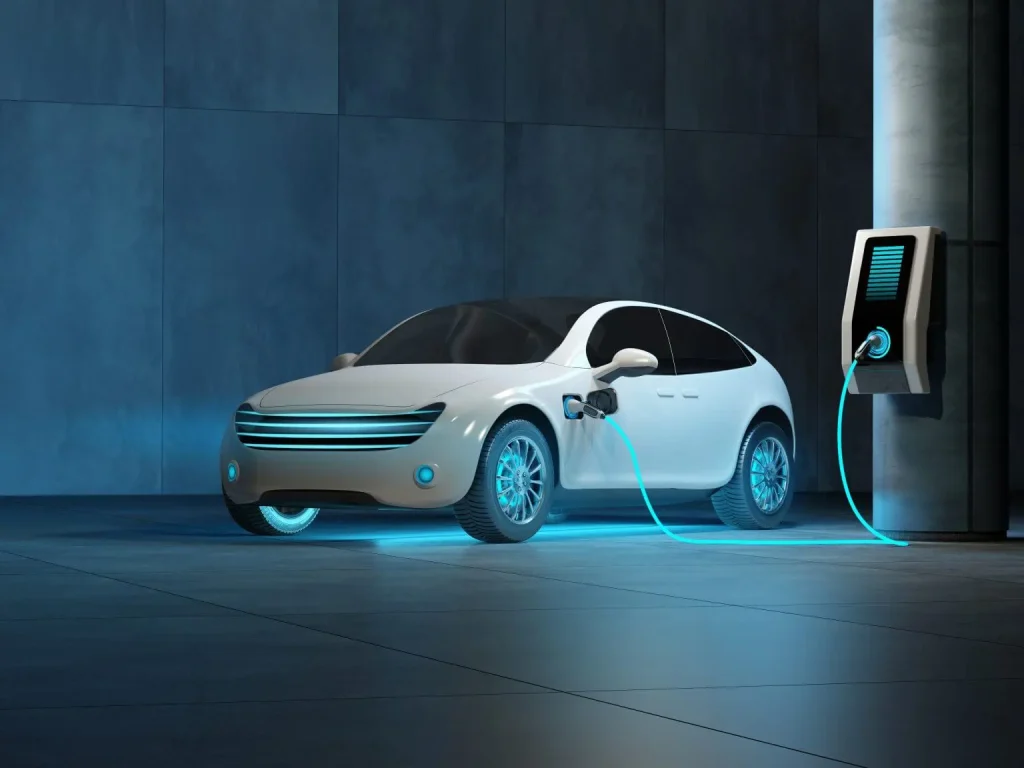
High Initial Cost and Affordability Concerns
One of the biggest challenges of electric vehicles is their high upfront cost. Even with government incentives, such as tax credits or grants, electric cars are still more expensive than traditional gasoline vehicles. For instance, in the USA, the Tesla Model 3, which is one of the most affordable electric cars, starts at around $40,000. Meanwhile, a comparable gasoline vehicle, like the Honda Accord, can cost about $25,000. This price difference makes EVs a less affordable option for many people. In the UK, the Nissan Leaf, a popular EV, costs more than £25,000, while a similar petrol car like the Ford Focus starts at around £20,000.
While government incentives can help reduce the price of electric vehicles, they don’t eliminate the gap. For example, in the USA, buyers can receive up to a $7,500 federal tax credit for purchasing an electric vehicle. However, even with this incentive, the price of many electric cars is still out of reach for a large portion of the population. Middle-class families, in particular, may find it difficult to afford the higher upfront cost of EVs, especially when they are already dealing with rising living expenses, mortgage payments, and other financial responsibilities.
The high initial cost of electric vehicles is one of the main reasons why many people are hesitant to make the switch. Even though EVs offer savings on fuel and maintenance over time, the upfront price is still a significant barrier. For many middle-class families, purchasing an electric vehicle is simply too expensive, making it hard for them to take advantage of the long-term benefits that EVs can provide. This affordability concern remains one of the major challenges of electric vehicles that slows their widespread adoption.
Limited Range and Charging Infrastructure
One of the major challenges of electric vehicles is “range anxiety,” a concern many potential buyers have about the limited driving range of EVs. Range anxiety refers to the fear of running out of battery power before reaching a charging station. While the range of electric vehicles has improved over the years, many people still worry that EVs don’t go far enough on a single charge to meet their daily needs, especially for longer trips. For example, a Tesla Model 3 can travel about 250 to 350 miles on a full charge, but many entry-level EVs have a much shorter range, sometimes under 150 miles. This is far less than what people are used to with gasoline-powered cars, which can easily travel 300 miles or more without needing to stop.
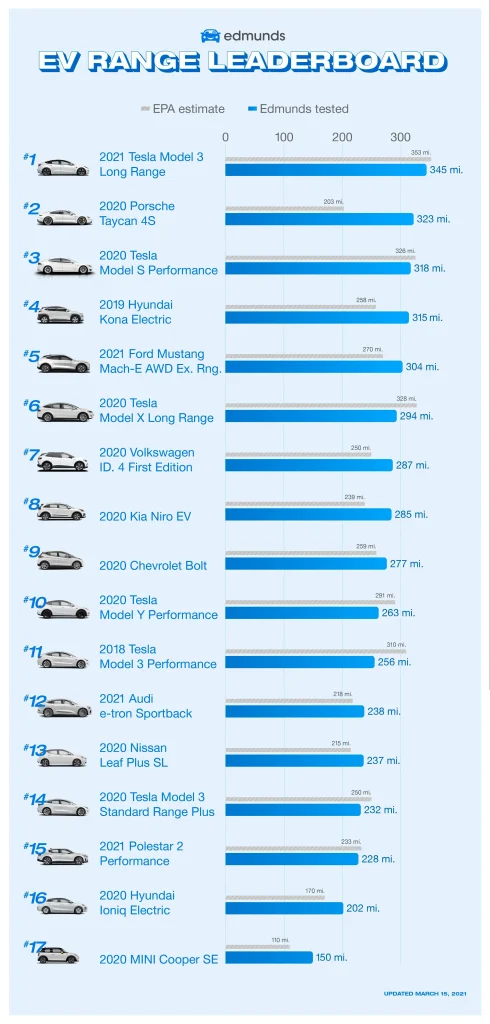
Another significant concern is the insufficient charging infrastructure, particularly in rural areas. In both the USA and the UK, while major cities and highways have charging stations, rural areas still lack the coverage needed to make long-distance EV travel practical. This means that people living in less populated areas may find it difficult to travel long distances in an electric vehicle without worrying about finding a charging station along the way.
Additionally, the time it takes to charge an electric vehicle compared to refueling a gas car is another factor that contributes to range anxiety. While filling up a gas tank takes only a few minutes, charging an EV can take anywhere from 30 minutes to several hours, depending on the charger and the battery size. Even with fast-charging stations, long road trips can be disrupted by the need to wait for the car to charge, making EVs less convenient for some consumers.
These factors—limited range, the lack of charging infrastructure in rural areas, and long charging times—are key challenges of electric vehicles that continue to make many buyers hesitant to switch from gasoline-powered cars.
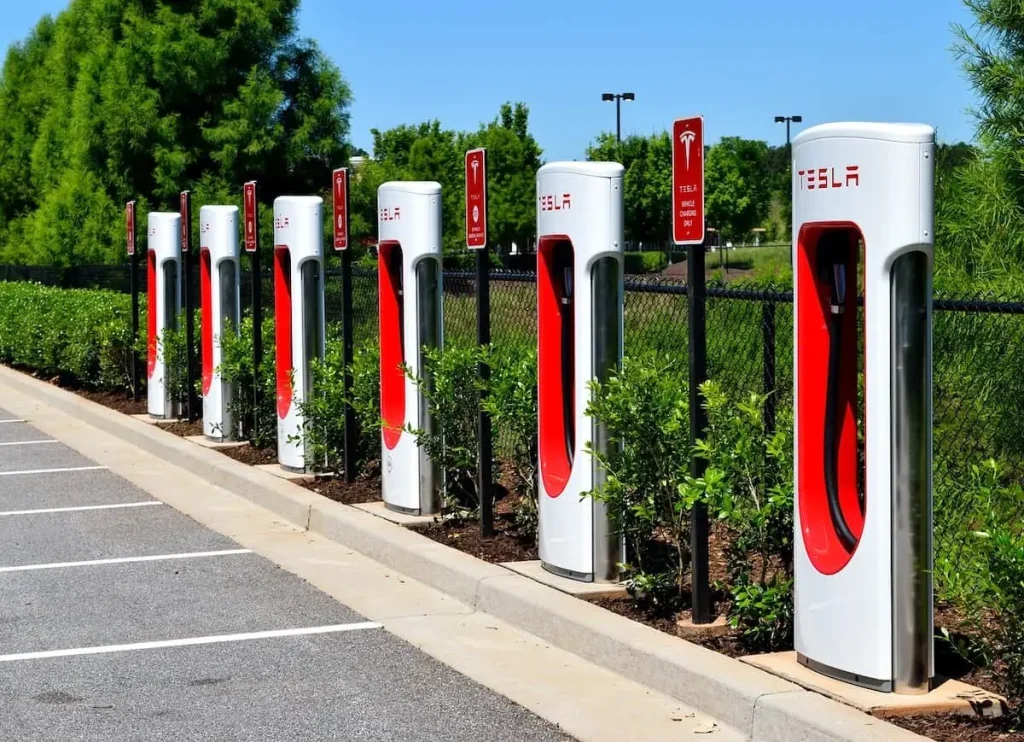
Battery Lifespan and Replacement Costs
One of the major challenges of electric vehicles is the concern over battery lifespan and the high cost of replacement. Electric vehicle batteries typically last between 8 to 10 years, depending on factors such as usage, climate, and how well the vehicle is maintained. However, once the battery starts to degrade, it can significantly affect the vehicle’s performance and range. When the battery reaches the end of its life, replacing it can be extremely expensive. In some cases, replacing an EV battery can cost anywhere from $5,000 to $15,000, depending on the make and model of the vehicle.
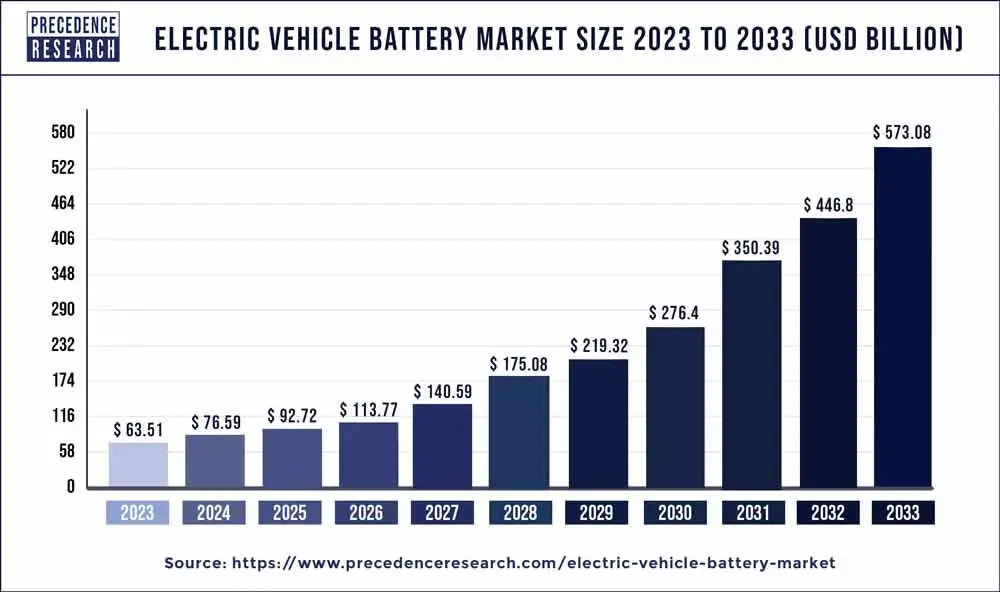
This high replacement cost is a major deterrent for many potential buyers. While traditional gasoline vehicles don’t require such an expensive replacement part, the cost of an EV battery can feel like a huge financial burden, especially if it needs to be replaced outside of the vehicle’s warranty. Even with warranties that cover battery replacements for the first few years, consumers are often left wondering how much they will need to spend on long-term maintenance.
Additionally, the fear of expensive maintenance costs in the future can make buyers hesitant to invest in an electric vehicle. While EVs generally have fewer moving parts and lower maintenance costs compared to traditional cars, the high cost of battery replacement raises concerns about the total cost of ownership over time. These fears, combined with the uncertainty about battery life, remain significant challenges of electric vehicles that prevent some consumers from making the switch to electric cars.
Lack of Model Variety and Consumer Preferences
Another significant challenge of electric vehicles is the limited variety of models available, especially in certain vehicle categories. In the USA, trucks and SUVs are incredibly popular, but there are still relatively few electric options in these categories. While electric trucks like the Ford F-150 Lightning and Rivian R1T are gaining attention, they are still relatively new to the market and often come with a higher price tag compared to their gas-powered counterparts. This leaves many consumers who prefer trucks or larger SUVs with limited choices when it comes to electric vehicles. For example, traditional American truck brands have been slower to release fully electric models, which means buyers looking for a familiar vehicle style may hesitate to switch to an EV.
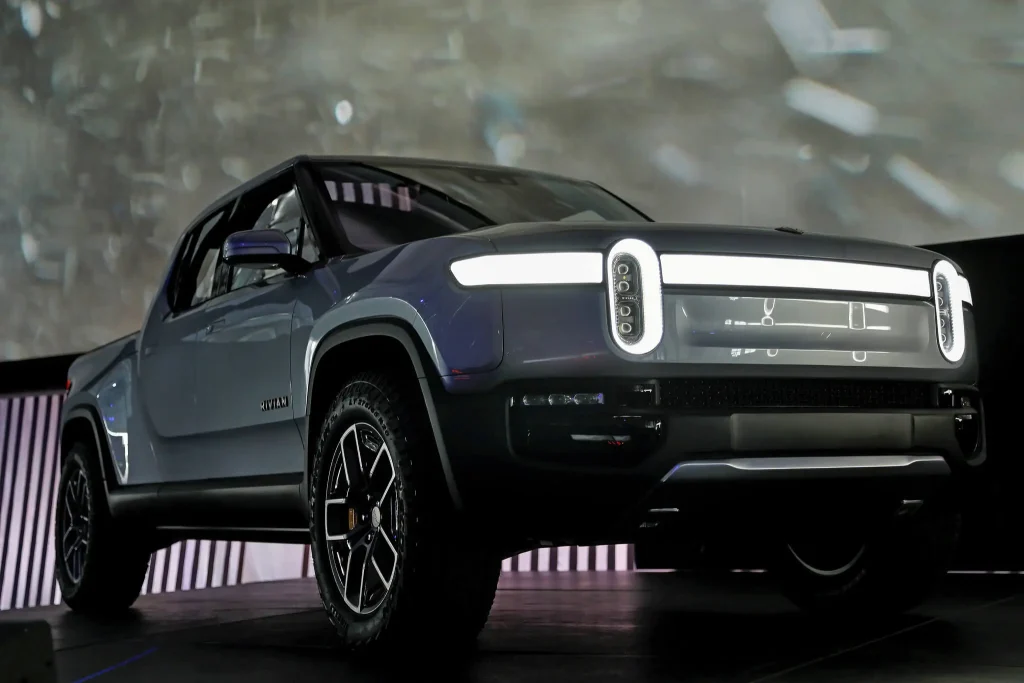
In the UK, while there are more compact EV models available, such as the Nissan Leaf and Mini Electric, the selection in the luxury car sector remains limited. Many buyers who are used to high-end brands like BMW, Audi, and Mercedes-Benz may find that their preferred models are not yet fully electric or don’t offer the same range and performance as their gasoline-powered versions. This lack of variety in both the truck and luxury car sectors means that many consumers are not finding an electric vehicle that suits their preferences, further contributing to the challenges of electric vehicles.
As consumer preferences vary greatly, the limited selection of EV models in these key areas is preventing many people from making the switch to electric cars. Until manufacturers offer a broader range of options, from trucks and SUVs to luxury vehicles, the adoption of EVs may continue to be slow.
Environmental Impact and Sustainability Concerns
While electric vehicles (EVs) are often seen as a more environmentally friendly alternative to traditional gasoline-powered cars, there are still challenges of electric vehicles when it comes to their true environmental impact. One of the key concerns is whether EVs are as green as they appear, especially if the electricity used to charge them comes from fossil fuels. In regions where the electricity grid relies heavily on coal or other non-renewable energy sources, the environmental benefits of driving an EV can be significantly reduced. For example, in parts of the USA and UK where coal power is still used, the carbon emissions produced from charging EVs can be nearly as high as those of gasoline cars, which calls into question how much cleaner EVs truly are in these areas.
Another environmental concern is the impact of lithium mining, which is necessary for manufacturing EV batteries. Lithium, along with other materials like cobalt and nickel, is critical for powering electric vehicles. However, the mining process can be harmful to the environment, causing soil degradation, water contamination, and the destruction of local ecosystems. In some regions, such as parts of South America and Africa, lithium mining has led to significant environmental and human rights issues, raising questions about the sustainability of sourcing materials for EV batteries.These environmental concerns add complexity to the perception of EVs as an entirely clean solution. While they do offer lower emissions during operation, the production and energy sourcing involved in their lifecycle can still have a significant environmental impact. This is one of the challenges of electric vehicles that potential buyers consider when deciding whether to make the switch from gasoline-powered cars.
Perceived Inconvenience and Lifestyle Adjustments
One of the key challenges of electric vehicles is the lifestyle adjustments required to own and maintain an EV. Unlike traditional gasoline cars, which can be refueled in just a few minutes at any gas station, electric vehicles often need to be charged at home or at public charging stations. For many owners, this means adjusting their daily routines to accommodate charging times. If you don’t have access to a private driveway or dedicated parking space, charging at home becomes a challenge, especially for people who live in apartments or areas without charging infrastructure.
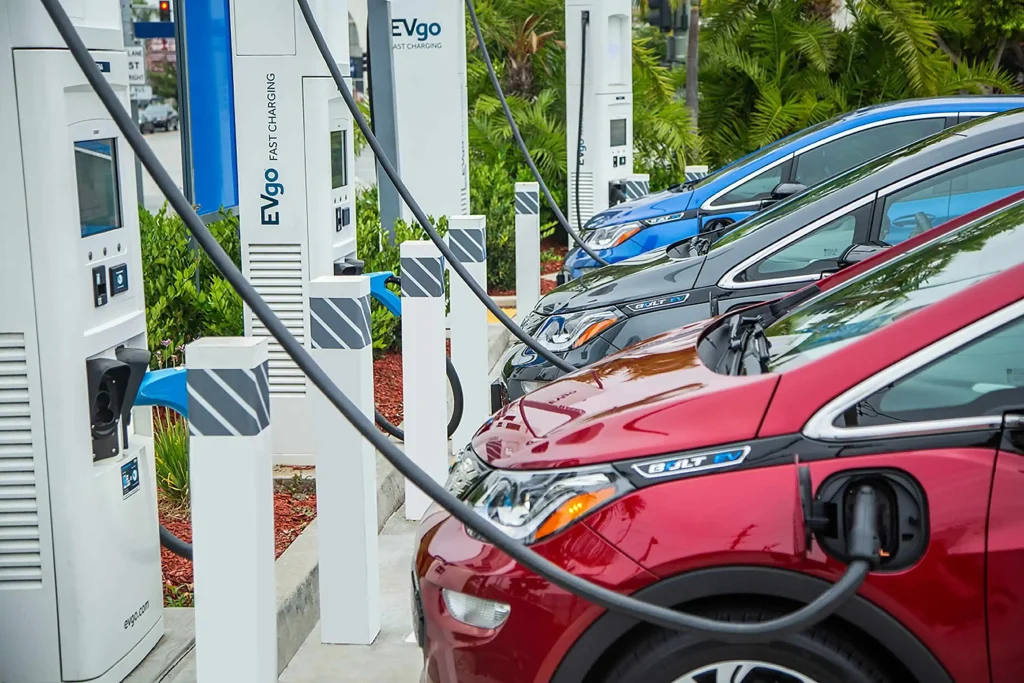
Additionally, planning long-distance trips in an electric vehicle can be a hassle. While the range of EVs has improved, it can still be a concern for people who regularly travel long distances. Unlike gasoline stations, which are widespread, charging stations are not always available, especially in rural or remote areas. This can lead to “range anxiety,” where drivers worry about running out of battery before finding a charging point. In contrast, with a traditional gas-powered vehicle, refueling can be done quickly and easily without having to plan for charging stops along the way.
For many people, the convenience of traditional vehicles, with their easy access to gas stations and fast refueling times, makes the switch to an EV feel like a significant inconvenience. These challenges of electric vehicles can make potential buyers reluctant to embrace the change, especially if they are used to the convenience and flexibility of their current vehicles.
Psychological and Cultural Resistance to Change
One of the more subtle but significant challenges of electric vehicles is the psychological and cultural resistance to change. For many people, petrol-powered cars are more than just a mode of transportation—they are a part of their identity and lifestyle. Over generations, cars have symbolized freedom, power, and independence, and making the switch to an electric vehicle can feel like giving up something deeply ingrained in their daily life. This cultural attachment can make the idea of driving an electric vehicle less appealing, especially for those who have always relied on traditional vehicles.
Older generations, in particular, may be more reluctant to embrace electric vehicles. Many have spent their entire lives driving petrol or diesel cars and are more comfortable with the familiar process of refueling and maintaining their vehicles. The transition to EVs may seem unnecessary or too complex for these groups, especially when they perceive electric vehicles as a “new” technology that requires a shift in how they approach driving. Additionally, some older consumers may not be as interested in the environmental benefits of EVs, especially if they have already been accustomed to the practicality and reliability of conventional vehicles.
Certain demographic groups, especially those in rural areas, may also feel less inclined to switch to an EV. In these regions, where long-distance driving and limited charging infrastructure are more common, the convenience of traditional vehicles may outweigh the appeal of electric cars. These psychological and cultural barriers contribute to the challenges of electric vehicles, making it difficult for some people to see EVs as a suitable replacement for their long-time petrol-powered cars.
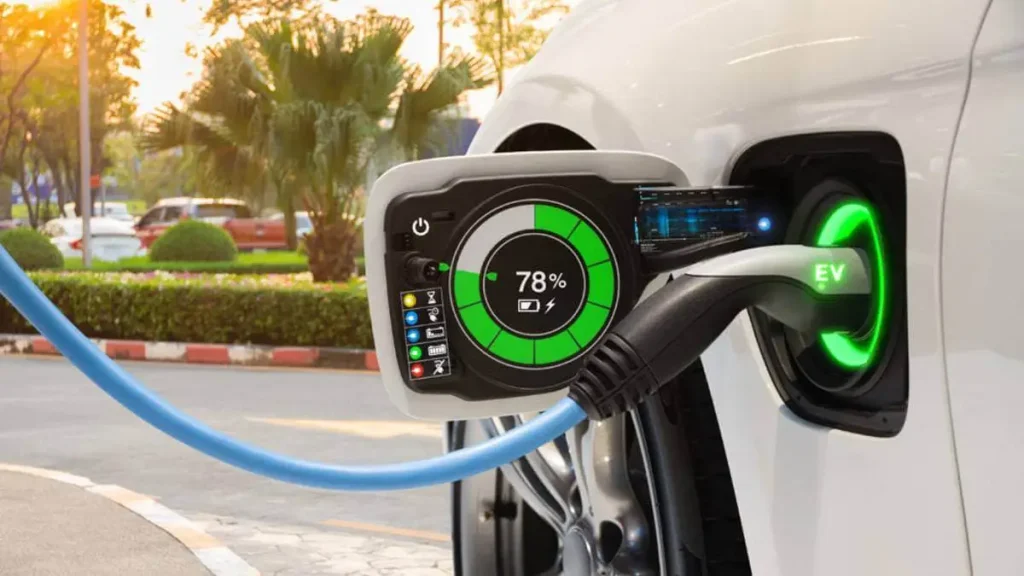
Government Policies and Incentives
Government policies play a significant role in shaping the adoption of electric vehicles (EVs), and their impact is one of the key challenges of electric vehicles. In many countries, including the USA and the UK, governments have introduced incentives and subsidies to encourage people to switch to EVs. These incentives, such as tax credits, rebates, and reduced registration fees, help offset the higher initial cost of electric vehicles. For example, in the USA, buyers of electric vehicles can receive up to $7,500 in federal tax credits, which makes the price of an EV more affordable. In the UK, the government offers grants that can reduce the price of an electric vehicle by thousands of pounds.
However, as these government incentives are reduced or phased out, the affordability of electric vehicles becomes a bigger issue. In some regions, there has been a reduction in subsidies for EVs, making them less financially attractive. For instance, the UK government announced plans to gradually reduce the “Plug-in Car Grant” over the years, which has led some potential buyers to reconsider their decision to purchase an EV. Without these incentives, electric vehicles become less affordable, particularly for middle-class families, which could slow down their adoption.
Additionally, inconsistent government policies across different regions can create confusion and uncertainty among consumers. In some areas, there may be limited support for EV infrastructure, such as charging stations, which further discourages potential buyers from making the switch. These shifts in government policies and the reduction of financial support represent significant challenges of electric vehicles, as they directly affect the cost and accessibility of EVs for many consumers.
Conclusion
In conclusion, while electric vehicles (EVs) hold a promising future, there are still significant challenges of electric vehicles that hinder their widespread adoption. The high initial cost of EVs, despite available government incentives, remains a major barrier for many buyers, particularly middle-class families. Additionally, concerns over battery lifespan, expensive replacements, and limited driving range continue to deter potential customers. The lack of charging infrastructure, especially in rural areas, along with the time-consuming process of recharging, further adds to the reluctance of some consumers. Moreover, cultural resistance to change and reduced government incentives also play a role in slowing down the shift to electric vehicles.
However, the future of EVs is not without hope. As technology improves, the cost of batteries is expected to decrease, making electric vehicles more affordable. Expanding charging networks, particularly in rural and remote areas, will help alleviate concerns over range anxiety and charging convenience. With better infrastructure, more model options, and continued government support, these challenges of electric vehicles could be addressed, leading to higher adoption rates. The transition to electric vehicles is a crucial step in the fight against climate change, and overcoming these obstacles will help ensure a cleaner, greener future for transportation.
